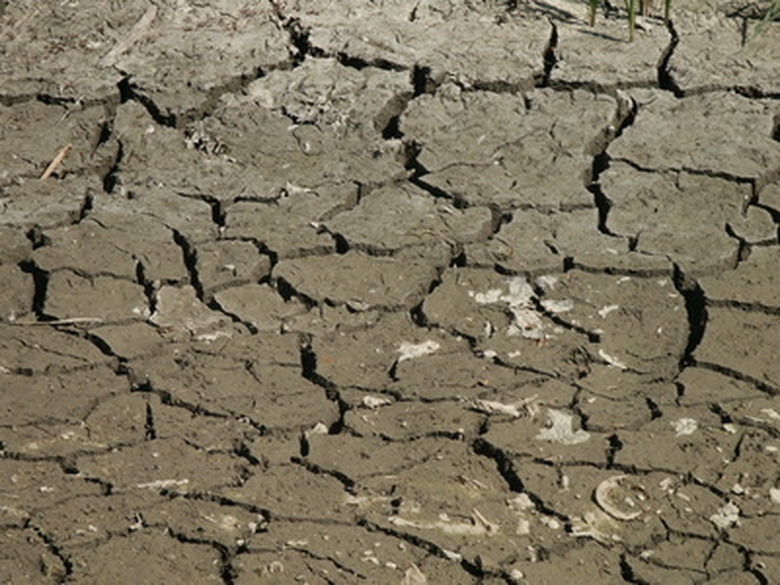How To Make Your Own Compost Starter
Also called activators, compost starters help jump-start the microbial breakdown of the organic materials in your compost pile by introducing millions of extra decomposing bacteria to your compost. You can purchase a variety of commercial compost starters, but they're usually pricey and often contain chemical ingredients that you may not want in your compost, especially if you're growing organic produce. Making your own compost starter is both affordable and easy. In fact, if you have access to plain topsoil from your backyard, you're well on your way to successfully making your own compost starter.
Step 1
Remove a 3-foot-by-3-foot area of sod from your composting location. Collect enough exposed topsoil from the location to fill a 5-gallon bucket. Scoop the topsoil into the bucket with a shovel or spade.
- Also called activators, compost starters help jump-start the microbial breakdown of the organic materials in your compost pile by introducing millions of extra decomposing bacteria to your compost.
- Remove a 3-foot-by-3-foot area of sod from your composting location.
Step 2
Fill another 5-gallon bucket with manure from a plant-eating animal species, such as cows, horses or goats. Avoid using cat or dog feces since they contain pathogens that may survive the composting process to infect humans, according to Washington State University Cooperative Extension.
Step 3
Layer 6 to 8 inches of carbon-rich organic waste on the 3-foot-by-3-foot area of exposed soil; common examples of high-carbon materials for composting include dead leaves, old lawn clippings, shredded newspaper and straw. Cover this with a 2- to 3-inch layer of nitrogen-rich materials; popular high-nitrogen materials for composting include fresh lawn clippings, coffee grounds, and vegetable or fruit waste.
Step 4
Mix the animal manure with the topsoil to create your compost starter. Use a trowel to fill a wheelbarrow with about 2 to 3 inches of topsoil. Put 2 to 3 inches of the animal manure on top of the dirt, and mix the two materials together thoroughly with your trowel.
- Fill another 5-gallon bucket with manure from a plant-eating animal species, such as cows, horses or goats.
- Cover this with a 2- to 3-inch layer of nitrogen-rich materials; popular high-nitrogen materials for composting include fresh lawn clippings, coffee grounds, and vegetable or fruit waste.
Step 5
Sprinkle a 1-inch layer of your compost starter on top of the compost layers you've already constructed. Mist the starter lightly with a gentle spray of water from your garden hose.
Step 6
Place additional layers of carbon-rich and nitrogen-rich materials on your compost heap, topping them each time with another 1-inch layer of the compost starter; your goal is for your pile to be as tall as it is wide. Mix additional starter in the wheelbarrow as you use it up. Don't forget to wet each layer of your compost starter after you add it to your compost pile; this helps provide the decomposing bacteria in the starter with the moisture they need to start working on the compost as quickly as possible.
Tip
Avoid adding bagged topsoil to your compost heap as a starter since it may be sterilized and won't contain the microorganisms you need in your starter, according to the University of Illinois Cooperative Extension.
Things Needed
- Topsoil
- 5-gallon buckets
- Shovel/spade
- Animal manure
- Carbon-rich organic waste
- Nitrogen-rich organic waste
- Wheelbarrow
- Hand trowel
- Garden hose
